#house romanov
Photo
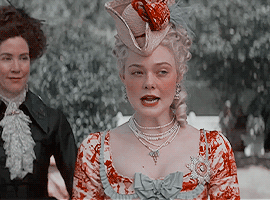
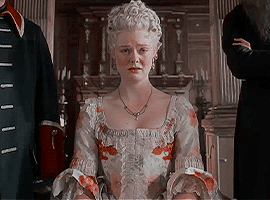


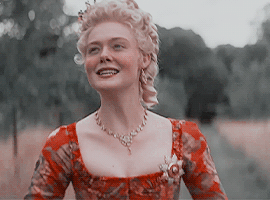

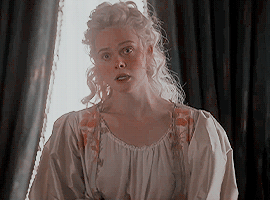
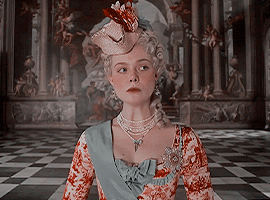
↳ catherine the great in ‘the great’ season 3 trailer (2023)
#catherine the great#catherine ii of russia#the great#the great season 3#russian history#house romanov#elle fanning#history#*thegreat#historyedit#my gifs#creations*
651 notes
·
View notes
Text

Ladies of the House of Romanov, second row (left to right): Grand Duchess Maria Pavlovna, Empress Maria Feodorovna (Alexander III), Grand Duchess Elizabeth Feodorovna, Empress Alexandra Feodorovna (Nicholas II). First row (left to right): Empress Catherine the Great, Empress Alexandra Feodorovna (Nicholas I), Empress Maria Alexandrovna (Alexander II), and Grand Duchess Alexandra Petrovna.
#romanov family#house romanov#maria pavlova#maria feodorovna#elizabeth feodorovna#catherine the great#alexandra feodorovna#maria alexandrovna#alexander iii#nicholas ii#nicholas i#alexander ii
39 notes
·
View notes
Text
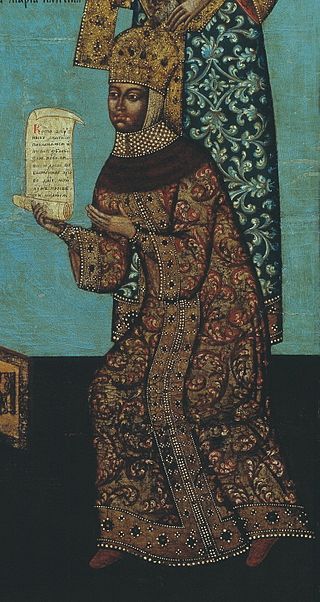
Maria Ilyinichna Miloslavskaya (1 April 1624 – 18 August 1669) was a Russian tsaritsa as the first spouse of tsar Alexis of Russia. She was the mother of tsar Feodor III of Russia, tsar Ivan V of Russia, and the princess regent Sophia Alekseyevna.
6 notes
·
View notes
Text

Anastasia Mikhailovna de Torby
20 notes
·
View notes
Text
The Owl House makes a big deal of subverting The Chosen One tropes, but you know who’s actually the chosen one? Eda Clawthorne. The Evil Emperor is secretly her great-great-great x uncle. Her sister coincidentally cursed her with a connection to a beast from before their landmass formed, of unknown origins and immense power. That same sister then got promoted to the Emperor’s right hand. She’s one of the most talented witches of her age. She finds the portal everyone is looking for in her backyard. She accidentally adopts a baby Titan and the first human to visit the Isles in hundreds of years.
What does she do with all these significant plot points and world ending power? She digs through inter-dimensional trash, pulls small scams, and flips off cops. No intentions of broader rebellion. No lofty goals. She’s out here to survive, keep her kids safe, and maybe make some snails. All the big, dramatic rebel action is pushed by other characters. Instead of a young idealistic hero sopping with power, the chosen one is a chronically ill forty year old mentor who just so happens to have had every powerful object/ancient burden/lost child in the Isles dropped into her arms.
#the owl house#eda clawthorne#Eda is like if a disowned Kennedy living in a shack in backwoods New York#somehow ended up with custody of an alien the nuclear football the last Romanov and a tank#and she’s not sure what to do with them so she feeds the kids sandwiches and puts the briefcase on top of the mantle
4K notes
·
View notes
Text

Portrait of Sophie Dorothea of Württemberg, Grand Duchess of Russia. By Alexander Roslin.
#alexander roslin#die romanows#house of romanov#zarenreich#tsardom of russia#sophie dorothea of würtemberg#grand duchess#full length portrait
79 notes
·
View notes
Text


A delightful photo of little Grand Duchesses Olga Nikolaevna and Tatiana Nikolaevna of Russia with their auntie, Grand Duchess Elena Vladimirovna, circa 1898-1899. <3
#romanov#romanovs#olga nikolaevna#tatiana nikolaevna#house of romanov#grand duchess elena vladimirovna#old royal#old royals#old royal photos#royal#royal photos#russian imperial family#russian empire#late 19th century#19th century#the big pair#olga and tatiana#romanov relatives#royal relatives
76 notes
·
View notes
Text

@napoleonic-sexyman-tournament Look what I found on pinterest (I wish I knew who made it but alas). <3
72 notes
·
View notes
Text

❧ The four children of Tsar Nicholas II who remained at Tobolsk while their parents and sister Maria set off for Yekaterinburg, May 1918
From left to right: Anastasia, Tatiana (back), Alexei, and Olga ☙
#otma#otmaa#otaa#olga nikolaevna#tatiana nikolaevna#anastasia nikolaevna#alexei nikolaevich#tsarevich alexei#romanov#romanovs#Tobolsk#1918#captivity#house arrest#may 1918#grand duchesses#russian imperial family#russian history#favs
86 notes
·
View notes
Text

Olga and Anastasia Nikolaevna.
#saints#orthodox christianity#icon#die romanows#zarenreich#tsardom of russia#house of romanov#grand duchess#olga nikolaevna#anastasia nikolaevna
111 notes
·
View notes
Text
Countdown to Agatha: Day 771
Wanda: “How do I tell Agatha I want to be enemies in a non-platonic way?”
Natasha: “Just start with a simple truth, a fact about her that’s something to build off of for how you feel”
Wanda: “That’s perfect!” *flys away* “Agatha!”
Agatha: “What’s up hot stuff? Didn’t get enough of me in our last duel?”
Wanda: “No- I mean YES!- I mean I could never get enough-“ *panics* “You smell like old books and raspberry jam”
Agatha: ???
Natasha in mental anguish: “NOT *THAT* KIND OF TRUTH”
Wanda: “Should I bring up how her laugh is like a symphony of birds cackling?”
#and guess what? Agatha is so flattered#wandavision#agatha harkness#house of harkness#agatha all along#hahndavision#house of harkness counter#marvel#wanda maximoff#wagatha#wanda x agatha#natasha romanov#coven of chaos#coven of chaos counter#incorrect marvel quotes#agatha: darkhold diaries#Darkhold diaries#Darkhold diaries counter#agatha
38 notes
·
View notes
Text
Fabergé Eggs

Fabergé Eggs, perhaps considered one of the most famous examples of exquisite and luxurious craftsmanship to this day.
Fabergé eggs were originally commissioned by the Russian Imperial family in the late 1800s AD.
Tsar Alexander III (10 March 1845 – 1 November 1894) wanted a richly jeweled egg as an Easter gift for his wife, so Russian jeweler Peter Carl Fabergé (30 May [O.S. 18 May] 1846 – 24 September 1920) got to work and produced very first Fabergé egg in 1885 AD.
And like Easter eggs you may find hidden in your shrubs or gutters, these eggs were also intended to contain a surprise inside.
Initially, the first Fabergé egg was to contain a diamond ring, but after specific instructions given by the Emperor, the egg could be opened to find a ruby pendant instead.
Over the course of the next two decades, ten eggs were produced for the family during Alexander III’s reign, starting a dazzling tradition that his son Nicholas II (18 May [O.S. 6 May] 1868 – 17 July 1918) would carry on for his wife and his mother every Easter.
The popularity of eggs-travagant gifts spread well beyond the Imperial family, and soon, other wealthy families began commissioning their own eggs.
The eggs then began to represent great wealth and luxury that owning a Fabergé egg was considered a status symbol.
And with the skill level and time that it took to craft up just one Fabergé egg – up to one year per egg – it’s no surprise they come with such a high value.
The intricate Fabergé egg-making process began by creating a design for the egg and then the outer shell would start to come to life.
The team of goldsmiths would craft the eggs out of precious metals like gold or silver.
They were each decorated with intricate engravings, filigree work and other decorative elements.
And while his competitors used a standard palette, Fabergé wanted to experiment with more colors.
He created resplendent yellows, mauves, and all shades of greens — coming up with over one hundred and forty new colors.
Just as important as its exterior, the Fabergé egg’s interior was given just as much attention to detail.
A team of jewelers would work on creating a surprise to be hidden inside the bejeweled shell.
These surprises could be anything from miniature portraits of the recipients’ husbands to tiny replicas of famous landmarks.
The artists behind these miniature works of art were some of the best miniature painters, sculptors and engravers of that time who used a variety of material, including enamel, precious stones and even hair to create their work.
Finally, once all of the intricate pieces were complete, they were assembled by a team of skilled craftsmen to create the final product.
The egg was then presented to the recipient and would become a treasured family heirloom for years to come.
Unfortunately, the House of Fabergé was forced to close its doors during the Russian Revolution in 1917.
Fabergé and his family fled Russia.
Many of the Fabergé eggs were sold, lost or smuggled out of Russia during this time, but now, many of them are housed in museums like the famous Fabergé Museum in St. Petersburg, Russia.
However, history came full circle when in 2007, with new ownership and direction, the company announced the reunification of the brand with the Fabergé family.
This new chapter set the stage for a total revitalization of the Fabergé name and philosophy, which are in tune with its original values and spirit.
#House of Fabergé#Fabergé Eggs#Russian Imperial Family#Tsar Alexander III#Peter Carl Fabergé#Easter eggs#Tsar Nicholas II#Russian Revolution (1917)#Fabergé Museum#St. Petersburg#Russia#craftsmanship#family health#status symbol#jewelries#House of Romanov#Easter#Happy Easter#Easter Sunday#Resurrection Sunday#eggs
41 notes
·
View notes
Photo
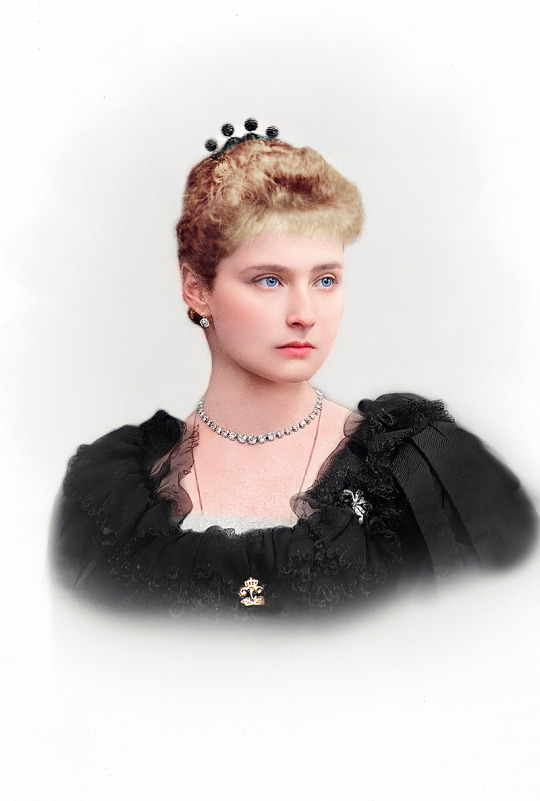
Princess Alix of Hesse - later Empress Alexandra Feodorovna of Russia - in mourning of her father Grand Duke Louis IV of Hesse, 1892.
#Princess Alix of Hesse#Empress Alexandra Feodorovna of Russia#Empress Alexandra Feodorovna#Empress Alexandra#last tsarina#victorian#victorian mourning#Victorian fashion#house of hesse#romanovs#imperial russia#Imperial Family#russian imperial family#1890s#1892#1890s fashion#history colored#colored photography
110 notes
·
View notes
Text

Tsarevna Natalya Alexeyevna of Russia (22 August 1673 – 18 June 1716) was a Russian playwright. She was the elder daughter of Tsar Alexis and his second wife, Natalia Naryshkina, and the sister of Peter the Great.
#Natalya Alexeyevna of Russia#house romanov#xvii century#xviii century#people#portrait#paintings#art#arte
3 notes
·
View notes
Text
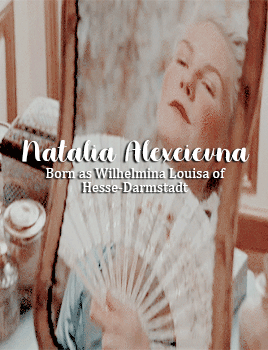

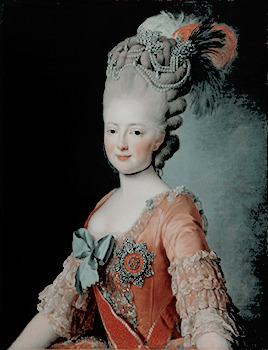








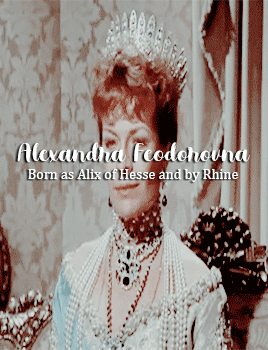
"Catherine II played a decisive role in the choice of future tsarinas, introducing compatriot women in the court. And so, with one exception (Alexander III's wife, who would be Danish), they would all be of German origin. The princesses were selected very young, between fourteen and sixteen years old, still shy and malleable. The ceromonies obeyed a very strict etiquette, starting with the solemn entrance of the future Grand Duchess, until her wedding. The court carriages were waiting for the young lady at the station. On the way to the Winter Palace, where the great dignitaries would be presented to her, she could admire the living barrier of the imperial Guard outlined to her passage. On horseback, the emperor escorted the golden carriage with the imperial crown on top, pulled by eight gray horses. The Grand Dukes followed on horseback, and the Grand Duchesses, in other luxurious carriages. The next stage was a kind of guided tour by the imperial palaces of St. Petersburg and the surrounding area, which was an opportunity for the young foreigner to learn the history of the country. Another important stage of this training consisted of inculcating the culture of the country of adoption, to allow a complete integration. (something Catherine II had achieved to perfection). The future Grand Duchesses were to learn Russian and convert to Orthodoxy. It didn't take long for them to lose all contact with their home country. Thus, stripped of their Germanness, they could become authentic Slavs. The wedding ceremonial remained unchanged until the reign of Nicholas II. After the festivities ended, the young wife found herself closed in the rigid world of the Russian monarchy. They had to give up their personal tastes and erase their personality. Becoming another guardian of secular traditions, she was to become an idol of the nation."
The Tsarinas - The Women who Made Russia | Vladimir Fedorovski.
(Loose translation)
#Tsarina alexandra#tsarina maria alexandrovna#empress alexandra#Natalia alexeievna#Tsarina maria feodorovna#facts#my own#my editis#nicholas and alexandra 1971#lyubov imperatora 2002#charlotte of prussia#Empress elizaveta alexeievna#elizabeth alexeievna#my edits#movie gif#romanovs#history#russian history#the romanovs#house of romanovs#tsarina
167 notes
·
View notes
Text

🎀 Romanov sisters :Maria, Tatiana, Anastasia & Olga 🥀
#romanov family#russia#otma#alexei#tsar nicholas ii#maria romanov#coquette aesthetic#aesthetic#coquette#lana del rey#girlblogging#imperial house of russia#anastasia
21 notes
·
View notes